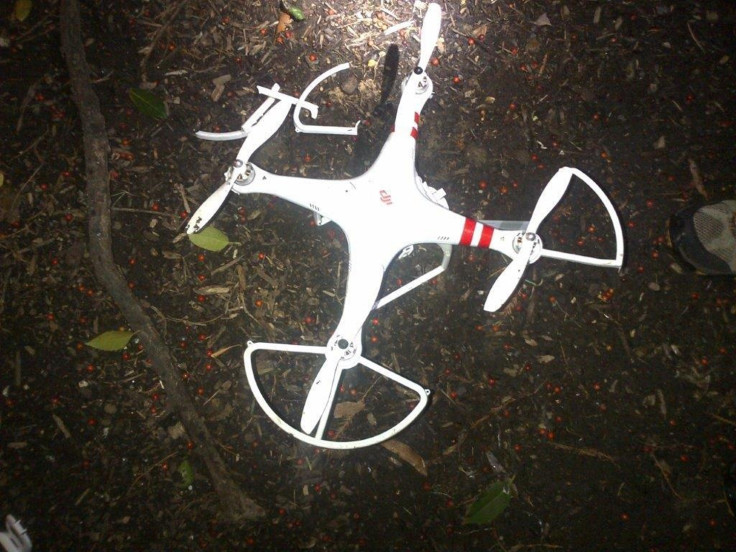Small drones seen posing little risk of serious head injury
Virginia Tech study finds the risk rises with increase in the size of drones.

Small consumer drones used by hobbyists are unlikely to cause serious head injury if they fall out of the sky or fly into a person, a Virginia Tech study has found.
The research team, which made an extensive study in a Federal Aviation Authority (FAA) sanctioned drone facility, concluded that small drones weighing up to 1.2 kg pose a risk of less than 5% when it comes to catastrophic head injury, reports Bloomberg.
The team focussed only on head injury and not on other forms of injury like blades and rotors cutting people's skin.
The researchers made use of drones from popular drone maker DJI for the study. The Phantom 3 was the smallest model to be tested and was found to have minimal risks when flown into the crash test dummy as well as dropped from the sky on it.
This might open up restrictions on flying drones over large groups of people and crowds like during concerts or over stadiums.
While small drones pose little risk, the researchers concluded that risks rise dramatically once drones increase in size. Another DJI model that was studied, DJI S1000+, an eight-rotor drone that weighed 11 kg, was found to have an injury risk of nearly 70%.
"Risk of injury was observed to increase with increasing UAS mass, and the larger models tested are not safe for operations over people in their current form," said Steven Rowson, biomechanical professor, who led the research team.
The study also found that it was safer for a person to have a drone fly into them than have it fall on them from the sky. FAA guidelines define small drones as being ones that weigh 25 kg and less. So the researchers have recommended that the FAA update their classification when it comes to drone size so that heavier ones remain restricted over crowds.
The updated guidelines were expected to come by the end of 2016, but have stalled after US law enforcement agencies opposed allowing drones over people till the matter of tracking drones has been solved by the government first.
It was reported earlier that the UN's ICAO wanted to keep track of drones in a single registry all over the world, but the there has already been a reversal of the civilian drone owners' registration system, in the US. There is no clear indication as to when the tracking system will be introduced before the FAA reclassifies drones.
Currently, FAA regulations do not allow small drone flights over groups of people, flights of over 400 metres in altitude and flights that leave the direct line of sight from the pilot. These include drones used for routine commercial purposes.
Companies like Amazon, TV news channels and other operators including Google have been pushing for updated guidelines so that they can begin commercial operations with unmanned drones.
© Copyright IBTimes 2025. All rights reserved.





















